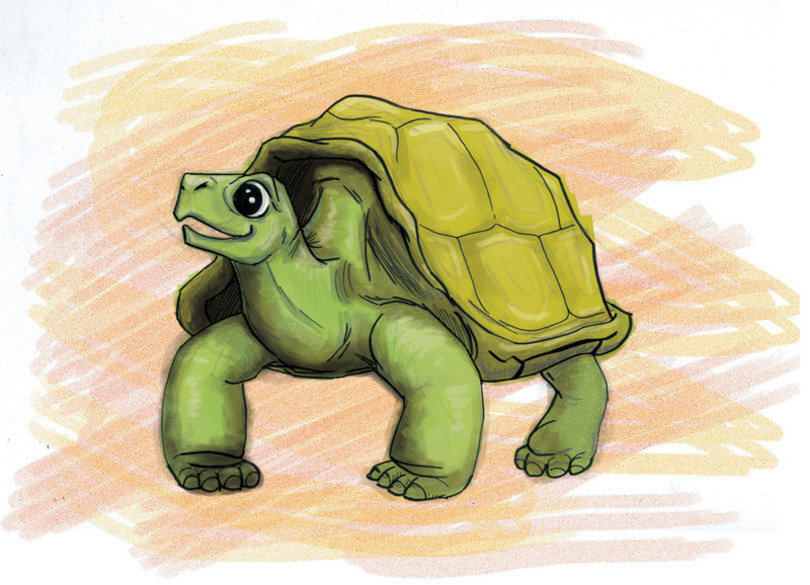Extinct tortoise species may return to the Galápagos thanks to SUNY-ESF professor

Daily Orange File Illustration
The extinct Floreana Tortoise has a shot at life again, thanks to the efforts of a SUNY-ESF professor and a conservancy organization on the species’ native island.
The breed of tortoise inhabited Floreana Island in the Galápagos Islands, but has been extinct for centuries.
James Gibbs, a professor of conservation at the State University of New York College of Environmental Science and Forestry, has been searching for tortoises descended from the original Floreana lineage on the nearby Wolf Volcano.
The plan is to breed and reestablish the species on its home island. He and his team at Galapagos Conservancy Inc are piecing together, “just shreds of the original Floreana tortoise genome,” he said, by scouring the genetic material of tortoises whose ancestors were deposited on the volcano by ships.
Some of these ancestors may have come from Floreana Island, which could mean that their descendants hold the key to reestablishing the original Floreana species.
“We never would have imagined Floreana tortoises might be resurrected again,” Gibbs said of the possibility of the species to rebound from extinction.
Gibbs has experience working with imperiled tortoise species. He recently led a successful effort to bring back the Española tortoise from the brink of extinction, rallying a population of just 15 tortoises to a stable, self-sustaining community of 1,000.
This is the story Gibbs and his partners hope to repeat with the Floreana tortoise, whose return from extinction will be even more remarkable if accomplished.
“I think rediscovery of the hybrid surviving Floreana tortoise — unto itself ‘lost’ on a distant and remote volcano, deep in canyons there, long forgotten, and now in captivity and breeding well and beyond expectation — has been very exciting,” he said.
Many of the islands in the Galápagos archipelago have been devastated by invasive species, but the reintroduction of native tortoises could also help restore the islands to a natural state, Gibbs said.
“Tortoises have major impacts on the ecosystems that they inhabit through seed dispersal … and also through physical disturbance,” he said.
The specific services provided by native tortoises can’t be performed in the same manner by non-native species, which are adapted to different habitats and have different effects on the environment.
“A non-native domed-shaped tortoise would be restricted in where it could function well and have a much-reduced impact at the island-scale,” he said. The Floreana tortoise is saddle-backed and thrives in dry climates, unlike species that require moist conditions.
If the breeding program by the Galapagos Conservancy is successful, the Floreana tortoise could be released onto its home island in almost five years. Many other species are being reintroduced to the island by the conservancy, including snakes and mockingbirds.
However, full recovery of the island could take hundreds of years.
Gibbs said other conservation efforts can draw on the lessons scientists have learned and the experience they have gathered while working to restore the Galápagos.
“Galapagos restoration proceeds in a spectacular way to benefit Galápagos, but the successes attract attention from around the world,” he said.




